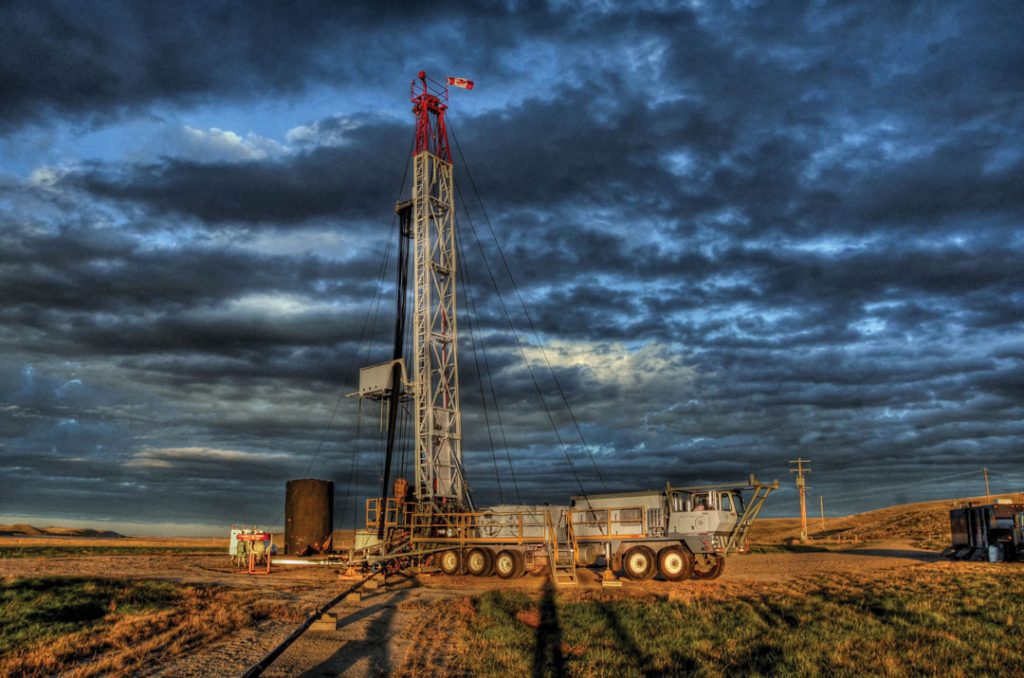FHB RESISTANCE IN DURUM A WORK IN PROGRESS
The improvement of Fusarium head blight (FHB) resistance in durum wheat varieties is no easy task, but progress has been made in recent years. Varieties with improved resistance are in the breeding pipeline.













